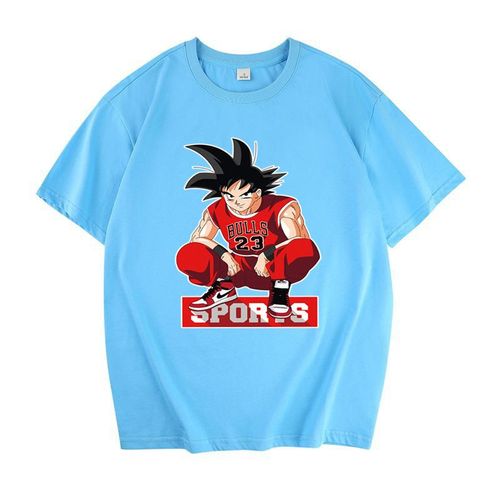When formulating a design plan for customized clothing, you need to consider individual needs and style positioning. Here are some steps and key points:
1. Determine individual needs: communicate with customers Communicate to understand their expectations, needs and goals for custom clothing. Ask about their preferences, style preferences, favorite colors and patterns, etc. to better meet their individual needs.
2. Analyze style positioning: Determine the style positioning of clothing based on the customer’s occupation, occasion, activity type and other factors. For example, business formal wear, casual fashion, retro style, etc. This helps clarify the direction and style of the design.
3. Style research and finding inspiration: Research fashion trends in related fields, browse fashion magazines, visit fashion exhibitions, etc., to find inspiration and creativity. At the same time, you can refer to other excellent custom clothing design cases to draw inspiration from them and incorporate your own creativity.
4. Design sketches and ideas: Start designing sketches based on the customer’s needs and style positioning. The style, cut, pattern, and details of the garment can be imagined by hand drawing or using design software. Try to leave as many options as possible so that adjustments can be made in subsequent communications.
5. Choose fabrics and color matching: According to the design plan, choose suitable fabrics to achieve the desired effect. The texture, color and pattern of the fabric must be coordinated with the overall design. At the same time, consider the customer’s skin tone and body characteristics to choose a reasonable color combination.
6. Communicate and confirm with customers: Present the design plan to customers and communicate with them in detail. Explain the concept and intention of the design, listen to customer feedback and suggestions, and make necessary modifications and adjustments according to the actual situation to ensure that the final design meets customer expectations.
7. Select the production process and technology: According to the design plan, determine the appropriate production process and technology. This includes craftsmanship details such as tailoring, sewing, and embellishment. Based on the complexity of the design and the characteristics of the fabrics used, high-quality processes and technologies must be selected to ensure the quality of the finished product.
8. Sample production and fitting: Make clothing samples according to the design plan and invite customers to try them on. Check the comfort, fit and overall effect of the garment by trying it on, and make necessary adjustments and corrections based on the results of the fitting.
9. Complete customized clothing: Based on customer confirmation and feedback, the production of customized clothing is finally completed. Under the premise of ensuring quality, we strictly follow the design plan and ensure that the details and quality of the clothing meet customer expectations.
The above are the general steps and key points for formulating a customized clothing design plan. Through full communication and understanding with customers, combined with individual needs and style positioning, we design unique clothing to meet customer expectations and show personality.






